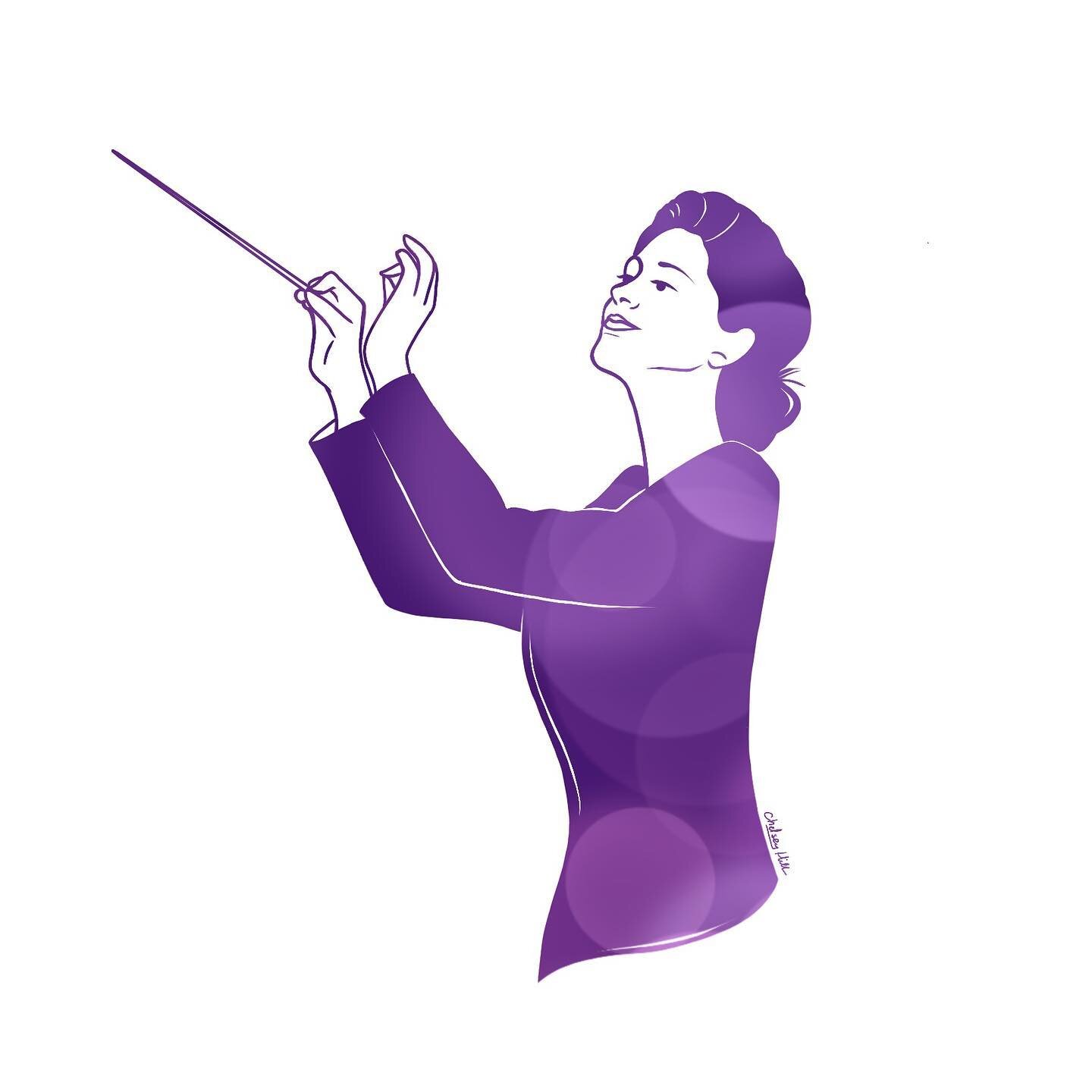VOICE LEADING
Voice leading/part writing: the linear progression of individual voices and their interaction with one another to create harmonies; following (with some exceptions) common Western harmony and counterpoint principles.
Below is a 4-measure four part chorale in F Major with voices moving in chordal homophony in keeping with the style of Western hymn voice leading. Follow each line of music melodically (reading each line left to right) and then each chord harmonically (reading each chord vertically) to gain a melodic and harmonic understanding of the phrase.
VOICES
SOPRANO
highest voice overall
treble clef
stems up
Range: middle C to high G
ALTO
second highest voice
treble clef
stems down
Range: ledger line G to third space C
TENOR
second lowest voice
bass clef
stems up
Range: second space C to ledger line G
BASS
lowest voice
bass clef
stems down
Range: F below staff to ledger line C
ROLE OF VOICES: In general, the SOPRANO should serve as the melody (avoid awkward leaps, too much repetition, and too much pattern in the soprano voice), the ALTO and TENOR serve as harmony voices (finding common tones and stepwise movement from chord to chord) and the BASS serves as the bassline, usually leaping around from chord root to chord root or moving more melodically (MELODIC BASS) when inversions and non-chord tones are in play.
SMOOTHNESS
Keep a note the same (COMMON TONE) when possible, but try to keep the Soprano voice moving for the sake of melodic interest.
Keep the horizontal movement as close as possible (stepwise motion).
No dissonant leaps (tritones, sevenths) or ultra-wide leaps (over an octave).
Always resolve the LEADING TONE (7 resolves upward on the next note to 1).
RANGE
All voices must stay within an octave of its adjacent voices except Tenor-Bass (Bass can move more independently)
All voices must stay within their TESSITURA (established vocal range - see above)
VOICE CROSSING: when a dedicated higher voice dips below a dedicated lower voice or vice versa - do not voice cross. You will see the stems cross. This isn’t as obvious when Tenor-Alto cross - always check for this.
VOICE OVERLAPPING: when a higher voice dips below the previous position of a lower voice or vice versa - do not voice overlap. This one is tricky to spot. Remember to check for voice overlapping.
COUNTERPOINT
COUNTERPOINT: two or more lines of music moving independently from one another but in a carefully planned way so that the voices still compliment one another. Consider motion between two or more voices …
NO MOTION: Both voices stay on the same pitch (for the most part, try to avoid - or turn into a longer note value)
SIMILAR MOTION: Both voices move from the first note to the second note in the same direction but the size of the interval between them changes (perfectly acceptable)
PARALLEL MOTION: A type of similar motion but both voices move from the first note to the second note in the same direction and the size of the interval between them stays the same (encouraged in 3rds and 6ths, illegal in 5ths and octaves, avoid 4ths when possible)
OBLIQUE MOTION: One voice stays the same and the other moves closer or further from the static voice (this will happen often as common tones are kept from chord to chord so it’s good)
CONTRARY MOTION: Both voices move in opposite directions: either moving away from each other or toward each other (dramatic, found often between tenor-bass and at ends of phrases)
REALIZATION
The term REALIZATION in Voice Leading applies to determining what notes are in a given Figured Bass or Roman Numeral chord progression, what to double, and where to put them in the context of your four voice chorale.
TRIADS will have three notes - one note must be doubled. SEVENTH CHORDS will have four notes - use each once.
CLOSED VOICING: the chord is compressed (bass-tenor exempt) and there is no room for other chord tones between their placement.
OPEN VOICING: the chord is spread out and there is room for other chord tones between their placement.
DOUBLING occurs when a note of a chord is found in more than one voice.
For triads, double the ROOT unless in second inversion (then double the 5th).
Never double the LEADING TONE (7th scale degree) or an ACCIDENTAL in a chord.
Use every note in the chord at least once. OMIT (leave out) the 5th if needed. Omitting a note and doubling others is useful to avoid parallel 5ths or octaves, move the soprano more melodically, avoid awkward leaps, etc.
Never omit the 1st because you will lose the root .
Never omit the 3rd or 7th because you will lose the quality.
Omitting the 5th is fine because your ear will actually substitute it in when you hear the other notes. (wow!)
A Figured Bass or Roman Numeral will always include the INVERSION of the chord by including numbers. If there are no numbers, it is in root position. Determine correct doublings based on the given inversion.
Read qualities and accidentals accurately (most common in Harmonic Minor) and include the correct accidental in each chord and measure.
PRACTICE …
Below are two unrealized Roman Numeral chord progressions. The first is the same as the example above. The second is the same key and chords but using inversions and a 7th chord to make the chordal interaction and melodic bassline more interesting. Practice realizing these Roman Numeral chord progressions using good voice leading by right-click save/print or copying out and completing by hand.
An F Major Roman Numeral chord progression in root position.
An F Major Roman Numeral chord progression including inversions and seventh chords.







